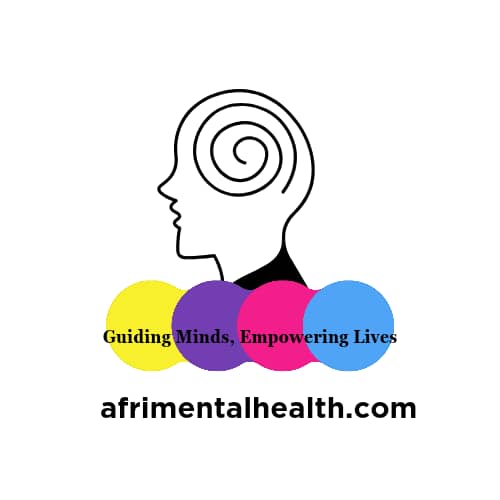There are various causes of autism spectrum disorder, and the causes are not well understood. The available research focuses on genetic combination and environmental factors.
Genetics
Autism spectrum disorder can be associated with genetic disorder such as Rett Syndrome or fragile X syndrome. In other cases, genetic changes/ mutations may increase the risk of autism spectrum disorder. Still other genes may affect brain development or the way that brain cells communicate, or they determine the severity of the symptoms
Environmental factors
Researchers are currently exploring whether factors such as viral infections, meditations or complications during pregnancy, or air pollution play a role in in triggering autism spectrum disorder.
Risk factors: Autism spectrum disorder affects children of all races and nationalities, but certain factors increase a child’s risk. The risk factors include:
- Family history: Families who have one child with autism spectrum disorder have an increased risk of having another child with the disorder.
- Sex: Boys are about four times more likely to develop autism spectrum than girls are.
- Extremely preterm babies: Babies born before 26 weeks of gestation may have a greater risk of autism spectrum disorder.
- Parent’s age: There may be a connection between children born to older parents and autism spectrum disorder.
- Other disorders: Children with medical conditions such as fragile X syndrome, Rett syndrome and tuberous sclerosis, have a higher risk of autism spectrum disorder.
TREATMENT
There is no cure for autism, but it can be treated to maximize your child’s ability to function by reducing the symptoms and supporting development and learning. Early intervention during the preschool years can help your child learn critical social, communication, functional and behavioral skills. When it comes to treatment for autism there is no one size fits all, therefore it is important to talk to experts about creating a treatment strategy and a team of professionals to meet your child’s needs. The treatment options include:
- Educational therapies: Structured educational programs are used to help children with autism spectrum disorder and children often respond highly to them. The programs typically include a team of specialists and a variety of activities to improve social skills, communication and behavior.
- Behavior and communication therapies: Many programs address the range of social, language, and behavioral difficulties associated with autism spectrum disorder. The programs focus on teaching children how to act in social situations or communicate better with others and reducing problem behaviors and teaching new skills.
- Family therapies: This focuses on teaching parents and other family members on how to play and interact with their children in ways that promote social interaction skills, manage problem behaviors, and teach daily living skills and communication.
- Medications: No medication can cure the core sins of autism spectrum disorder, but specific medications can help manage the symptoms.
